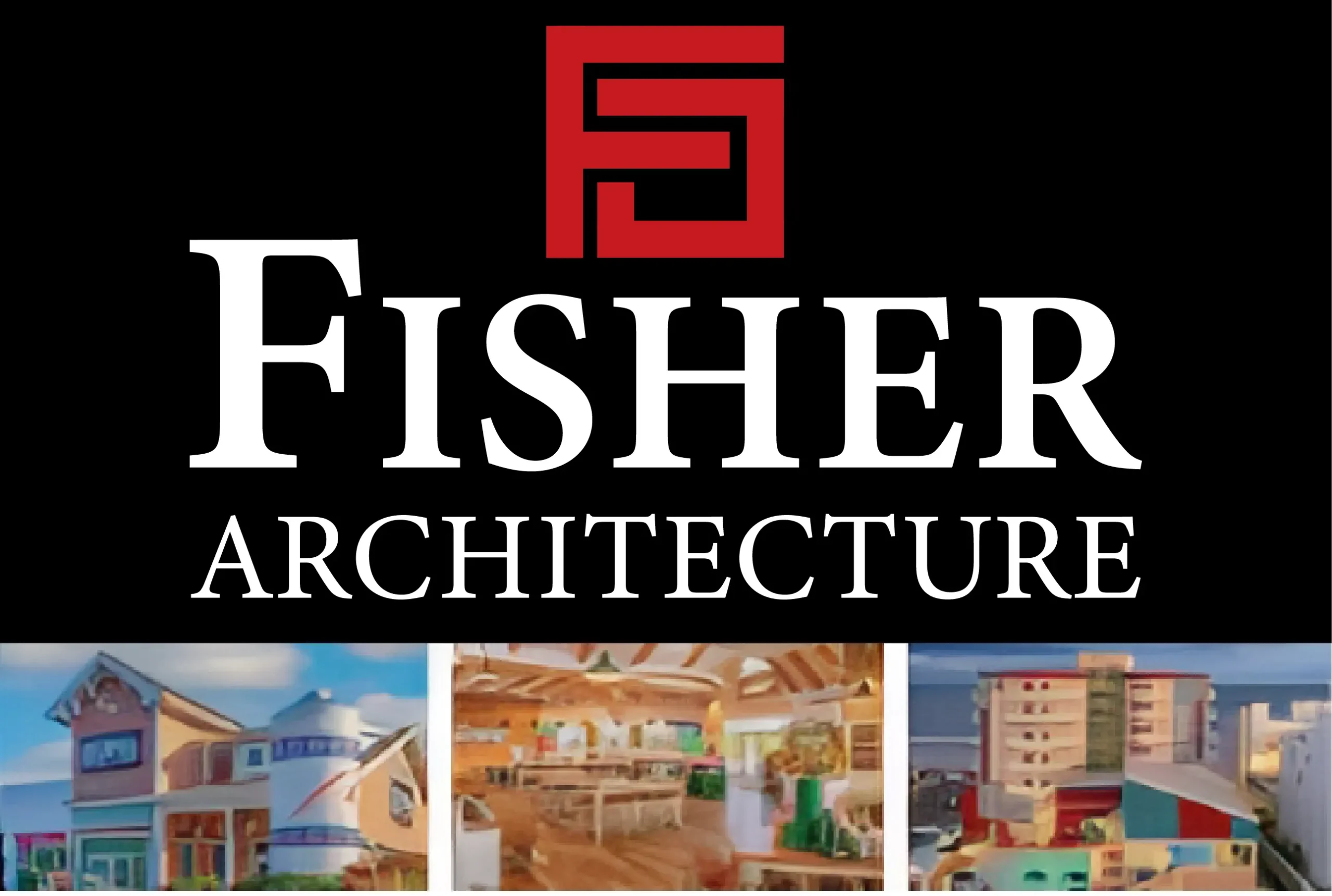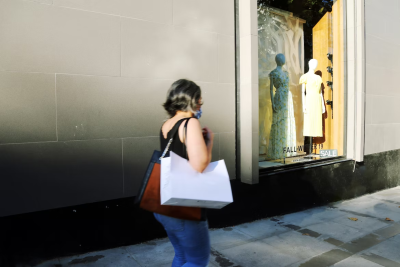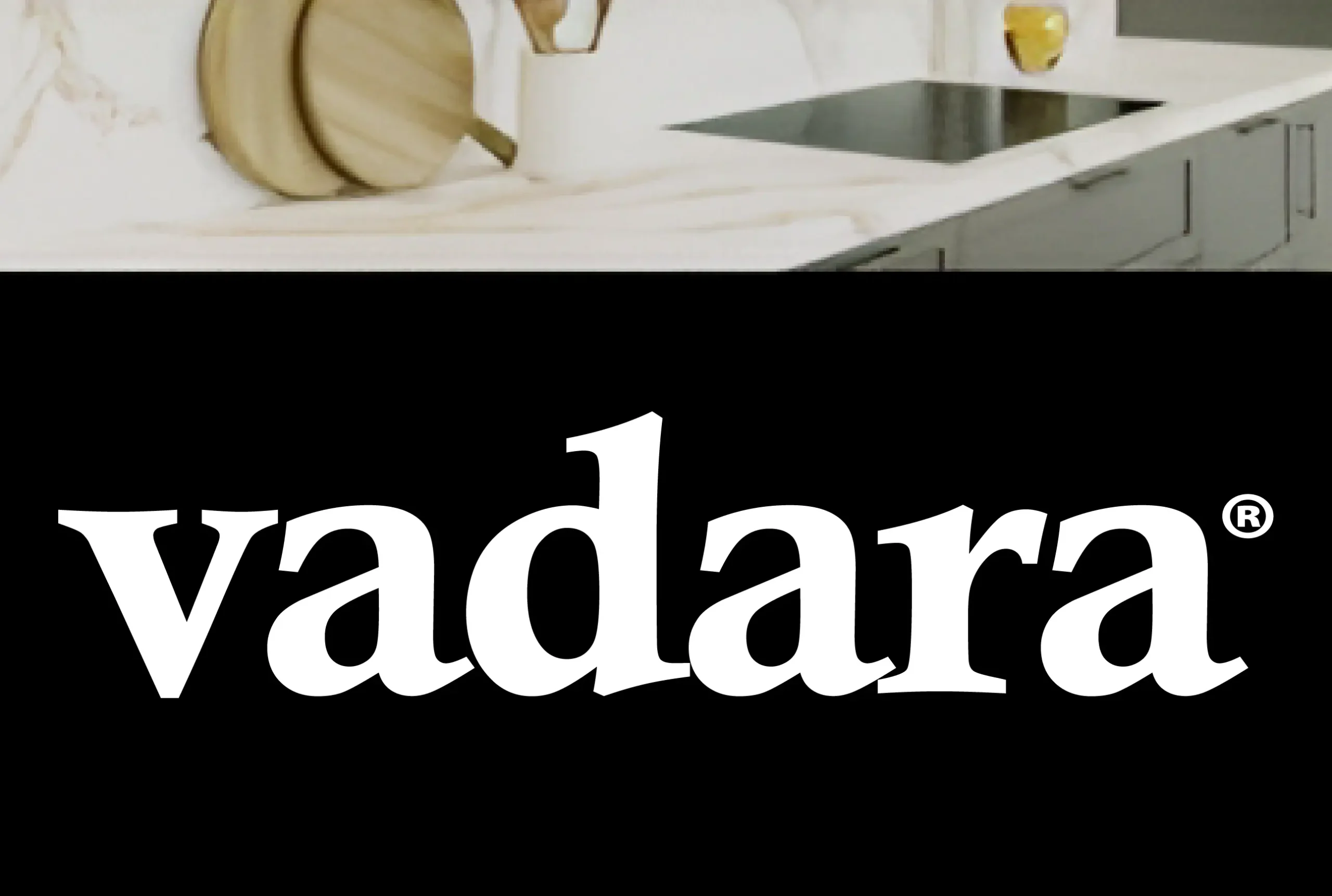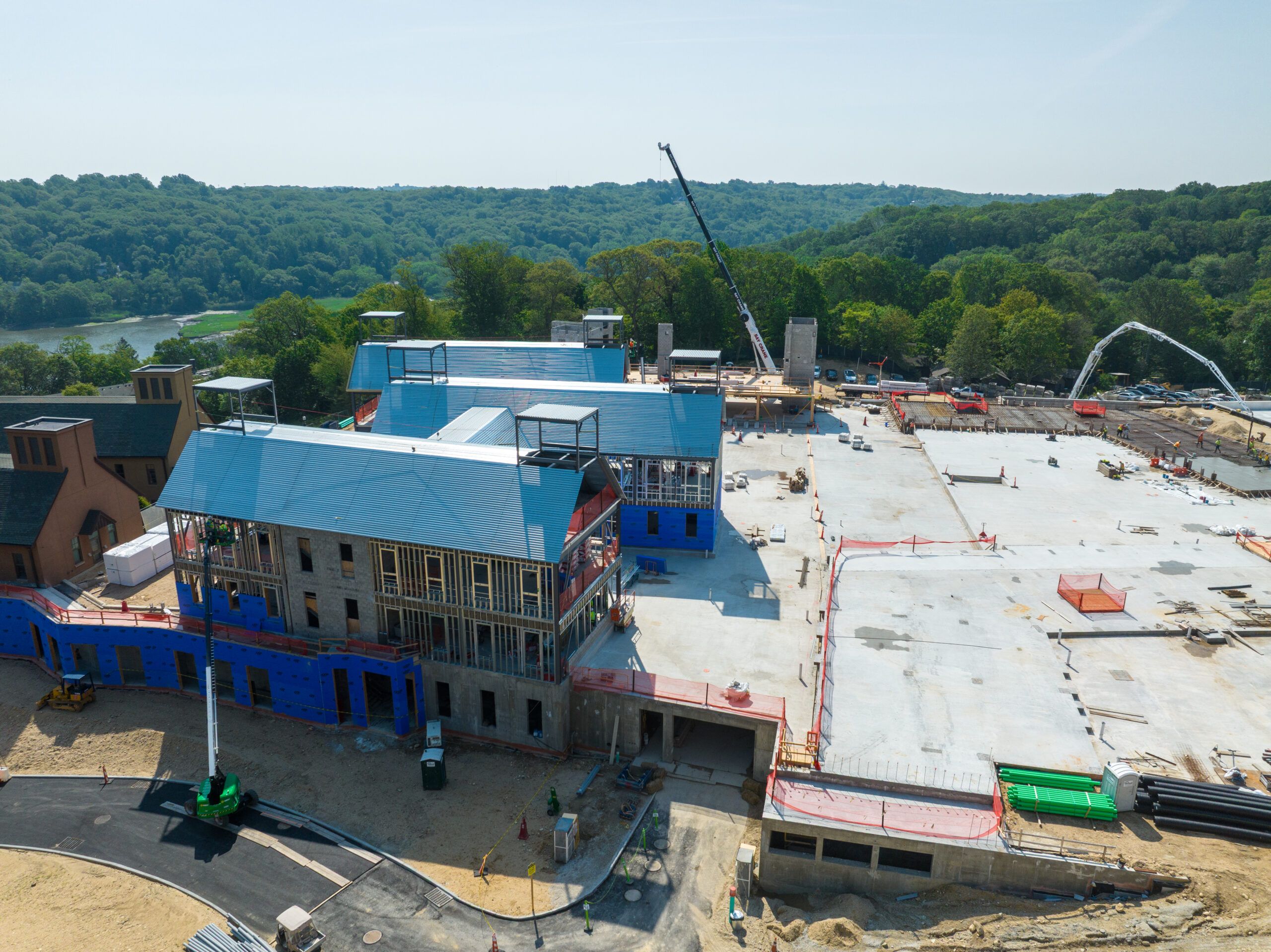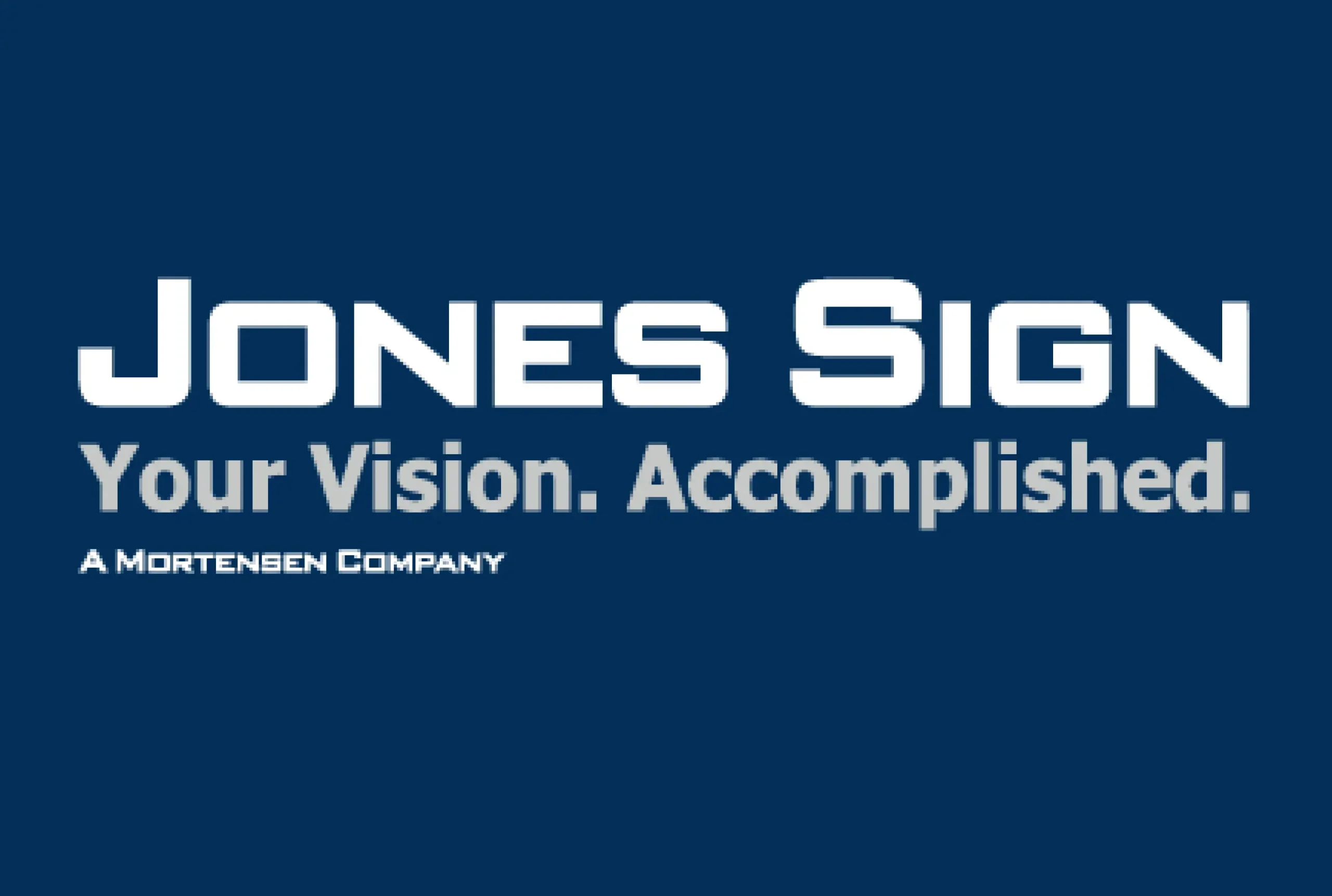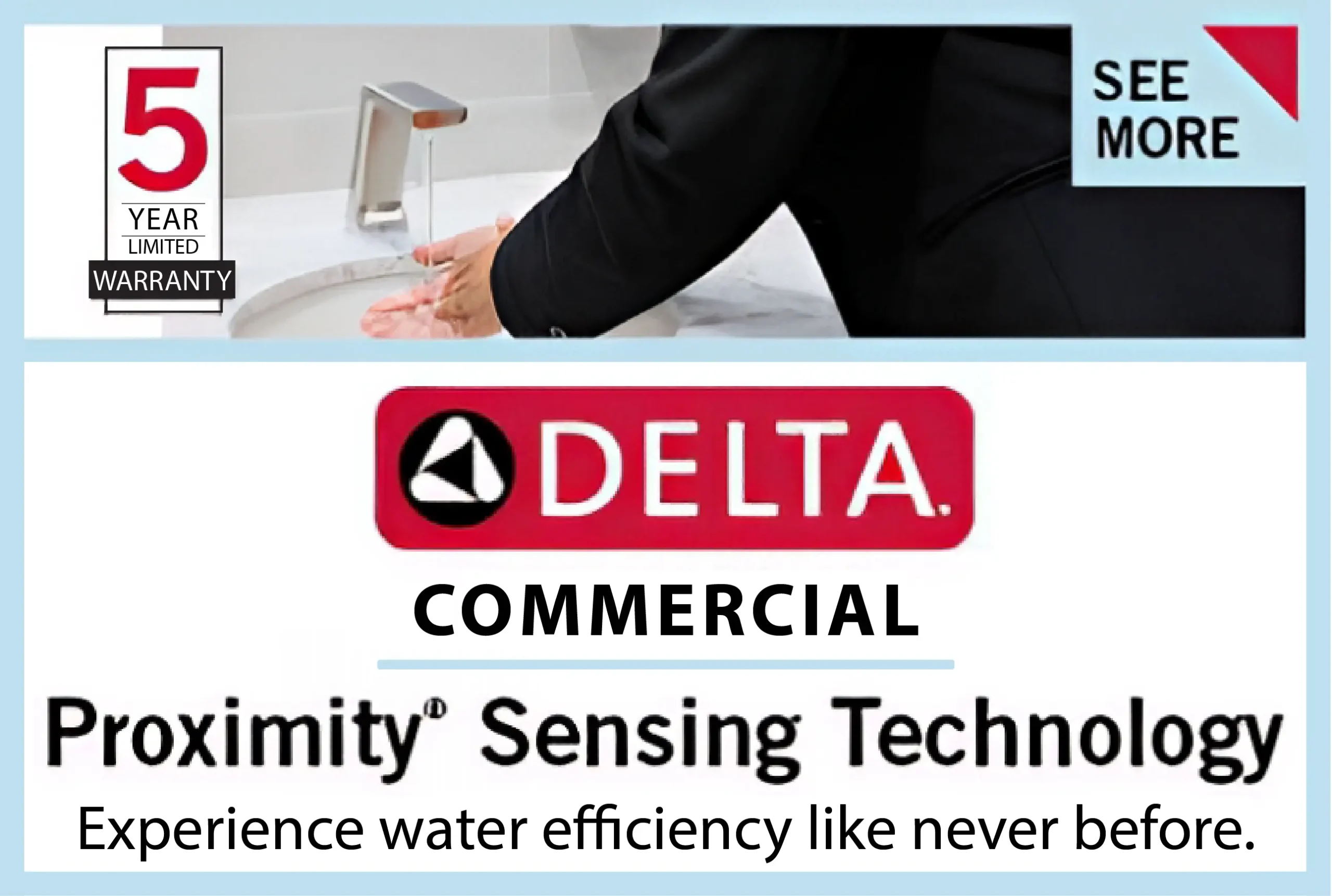Have you ever noticed how certain stores lay out their items in a way that encourages you to purchase more? It’s no coincidence! Store layout can be an extremely powerful tool when it comes to influencing consumer behavior. This article will discuss the basics of store layout and how it can influence shoppers. It’ll also look at some real-world examples of how store layout can be used to increase sales.
Manipulate the flow of the space
One way to use your store layout to influence consumer behavior is by manipulating the flow of traffic through the space. This means strategically placing items along pathways that are likely to draw shoppers in and get them interested in other products. For example, if you have a clothing store, you can place a rack of accessories next to the entrance and near popular items like coats or shoes. This way, shoppers who come in to buy winter jackets may also be tempted to purchase an accessory or two while they are browsing. Also, a gondola shelf can be used to create a barrier or bottleneck effect so that shoppers must pass through specific areas before exiting. Feel free to experiment with different store layouts to find the one that works best for your particular space and product selection.
Organize items by need and category
Another way to influence consumer behavior is by organizing items in the store according to need and category. This means grouping items together such as putting all of the kitchenware in one area, all of the cleaning supplies in another area, and so on. This makes it easier for shoppers to find what they are looking for and can encourage them to purchase more items than they originally intended.
Additionally, organizing items by need and category can help create a sense of order within the store which can make the shopping experience more enjoyable. When there are clear pathways and items are well-organized, shoppers know exactly where to go in order to find what they need.
Influence how customers interact with the products
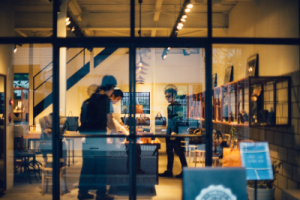
You can also use store layout to influence how customers interact with products. If a certain product is not selling well, you can place it in a more visible area of the store to draw people’s attention. On the other hand, if an item is selling quickly and you want to encourage customers to purchase multiple units, you can place those items on shelves closer to the register.
For instance, if your customer comes in looking for a pair of jeans, you can place the more expensive items in more visible areas and the cheaper options further away. This will encourage customers to spend more money than they originally intended.
Create distinct shopping experiences
Finally, store layout can also be used to create distinct shopping experiences. For example, stores can use different colors or textures to differentiate between racks of clothing or items in different categories. This way, customers can easily find the items they are looking for without feeling overwhelmed by too many choices. If you have a clothing store, for instance, you could use color to differentiate between men’s and women’s items. This will make it easier for customers to navigate the space and find what they need faster. Namely, a lot of retailers are now using signs, posters, and displays to show the customers the items on sale or new arrivals.
Create an inviting atmosphere
Store layout also plays an important role in creating an inviting atmosphere. When shoppers enter a store, they should feel welcomed and comfortable so they can take their time browsing the items. To create a pleasant shopping experience, use bright lighting and open spaces to make the store feel larger than it is. You can also add pops of color to draw people’s attention and create a sense of energy in the store. The trick is to create a space that is inviting and encourages people to stay longer and purchase more items.
Pick the right furniture and accessories
Finally, it’s important to pick the right furniture and accessories for your store. Choose pieces that are comfortable, stylish, and durable. Furniture can influence shoppers’ behavior as well – they may be more likely to sit down if there is comfortable seating available. Additionally, make sure you have ample storage space so shoppers can find what they need quickly and easily. There are stores that are using baskets and bins to organize items, which can help create a more organized environment.
A store layout is an important tool that can be used to influence consumer behavior. By manipulating the flow of traffic, influencing how customers interact with products, and creating distinct shopping experiences, stores can use their layout to increase sales and maximize profits. With a little creativity and strategic thinking, store owners can create layouts that are both aesthetically pleasing and effective at driving customer purchases.


